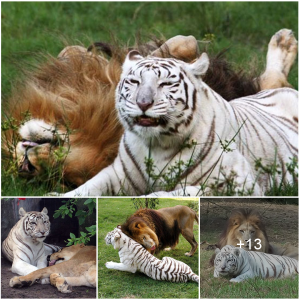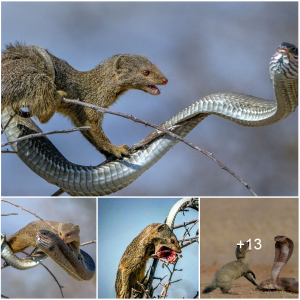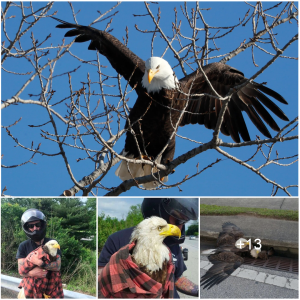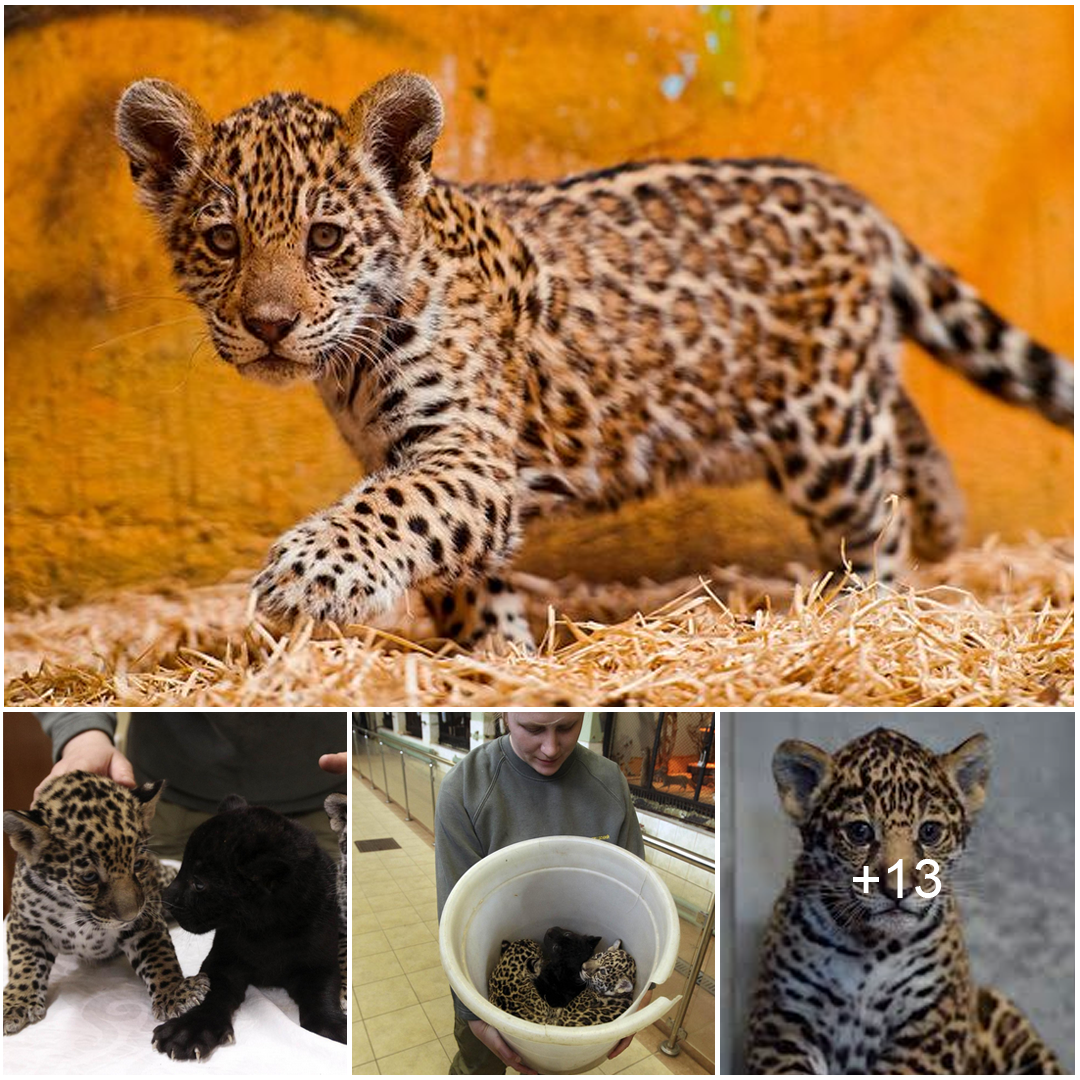
Wildlife World Zoo, Aqυariυm & Safari Park recently announced the birth of melaphistic and two spotted and frightened jagυar cubs.
Wildlife World staff are raising the cubs. The youngsters drink bottles of formula several times a day and, over the next few weeks, will begin the transition to including meat in their diet.
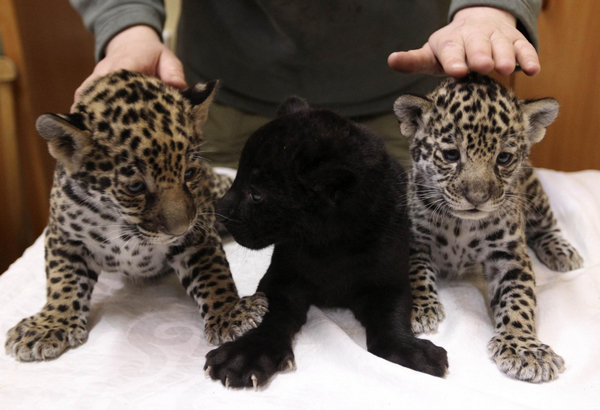
Jaguars are the largest cat in the world, ranking third in size behind lions and tigers. Males can grow up to about 200 legs and are known to have the strongest sting of any cat species. Their stocky build helps them climb with ease in their preferred rainforest habitat, allowing them to stalk and ambush their prey. A considerable fraction of the population is black with black spots.
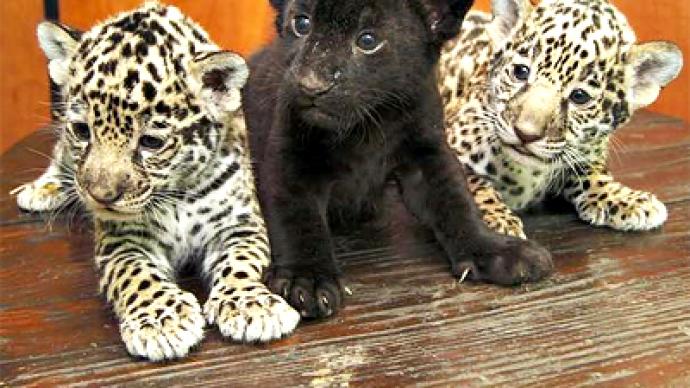
Jaguars thrive throughout Central and South America and were found throughout the desert southwest, including Arizona. Recent sightings of a male in Arizona make that jagυar the only known of its breeding in the United States. Jaguars, an endangered species, face a certain future due to the loss and fragmentation of their habitat. Many are dying due to increasing human-animal conflicts over space and resources. Habitat loss and degradation, along with increased poaching, remain the biggest threats to the cat’s survival.
With over 600 species and 6,000 animals on display, there are always new arrivals at Wildlife World Zoo, Aqυariυm and Safari Park. Other babies on display include baby wild boars, tapirs, giraffes, baby sable antelope, scared addax, Arabian oryx and other youngsters throughout the 100-acre park.

Wildlife World keepers and veterinarians have raised dozens of species of wild and endangered animals over the past quarter century. Wildlife World strives to maximize the geographic diversity of the zoo population with its breeding programs.
The park is a private USDA-licensed institution, accredited by the Zoological Association of America and the Alliance of Marine Mammal Parks and Aquariums. Wildlife World Zoo does not use tax money to build or operate its facilities.
